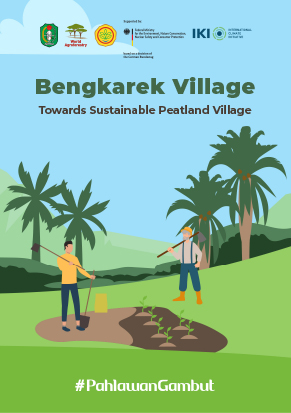The family Pleosporaceae includes numerous saprobic, opportunistic human, and plant pathogenic taxa. The classification of genera and species Pleosporaceae has been a major challenge due to the lack of a clear understanding of the importance of the morphological characters used to distinguish taxa as well as the lack of reference strains. Recent treatments concluded that Pleospora and some other genera in Pleosporaceae are likely polyphyletic. In order to establish the evolutionary relationships and to resolve the polyphyletic nature of Pleospora and allied genera, we sequenced the 18S nrDNA, 28S nrDNA, ITS, GAPDH, RPB2 and TEF1-alpha gene regions of Pleosporaceae species and phylogenetically analysed this data. Multigene phylogenies strongly support the monophyletic nature of Pleosporaceae among the other families in Pleosporales, and the acceptance of the genera Alternaria, Bipolaris, Clathrospora, Comoclathris, Curvularia, Dactuliophora, Decorospora, Diademosa, Exserohilum, Extrawettsteinina, Gibbago, Neocamarosporium, Paradendryphiella, Platysporoides, Pleospora, Porocercospora, Pseudoyuconia and Pyrenophora. Austropleospora, Dendryphion, Edenia and Macrospora are excluded from the family based on morphology coupled with molecular data. Two novel species, Alternaria murispora in this paper and Comoclathris sedi are introduced. The sexual morph of Alternaria alternata is re-described and illustrated using modern concepts from fresh collections. The paraphyletic nature of Pleospora is resolved based on the available morpho-molecular data, but further sampling with fresh collections, reference or ex-type strains and molecular data are needed to obtain a natural classification of genera and the family.
DOI:
https://doi.org/10.1007/s13225-015-0323-z
Skor altmetrik:
Jumlah Kutipan Dimensi:



















